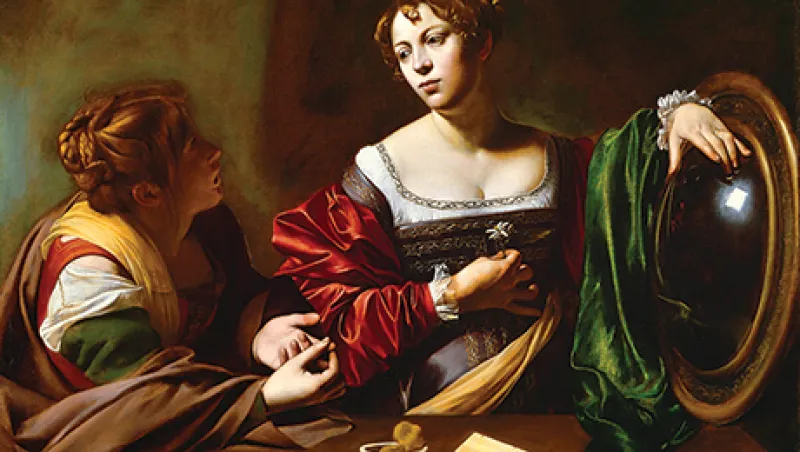Housed in a vast Beaux-Arts, Italian Renaissance–style building, the Detroit Institute of Arts is a reminder of wealthier times for a city that became the biggest U.S. municipal bankruptcy when it filed for Chapter 9 protection last July. The DIA’s prestigious collection, which includes works by European masters Michelangelo Merisi da Caravaggio, Paul Cézanne, Vincent van Gogh and Pablo Picasso, counts auto barons the Dodge and Ford families among its past benefactors. It’s easily Detroit’s most valuable asset. As the city works through a bankruptcy process led by emergency manager Kevyn Orr and overseen by Judge Steven Rhodes of the U.S. Bankruptcy Court for the Eastern District of Michigan, Southern Division, this art trove’s fate could lie with several generous foundations.
Orr cites an underfunded pension liability of $3.5 billion as a chief reason for the city’s default, though organized labor disputes the size of the deficit. So that Detroit can repay $18 billion in debt, a group of creditors wants the DIA to put its collection on the art market, which is booming as the Motor City declines.
Two questions remain: how much the DIA’s collection is worth and whether Detroit can sell it. Orr hired Christie’s to appraise the art purchased by the city, which makes up just 5 percent of the total; the auction house valued it at between $452 million and $866 million. Last June, Michigan Attorney General Bill Schuette issued an opinion that because Detroit holds the DIA art in trust for the people of Michigan, none of it can be sold to service debt. But in November creditors filed a motion asking that Judge Rhodes compel Detroit to form an independent committee to value the whole collection.
In January the campaign to keep the art together and in Detroit was bolstered when Judge Rhodes ruled against that motion and indicated he was likely to side with Attorney General Schuette. That same month a group of nine foundations — led by the Ford Foundation, the Kresge Foundation, the John S. and James L. Knight Foundation and the Community Foundation for Southeast Michigan — offered money to bolster pensions and save the collection. When the potential lifeline was announced, the foundations had pledged $330 million and were expected to raise more. “As philanthropies who have pledged funding for the proposal, we remain committed to the goal of revitalizing Detroit by supporting city pensions and preserving the DIA collection,” the group said in a statement.
Their cause got a boost on January 22, when Michigan Governor Rick Snyder committed $350 million in state funding to help meet the city’s pension obligations. Detroit has until March to come up with a plan for reworking its finances; for debtors and creditors alike, it may not be a pretty picture.
Get more on endowments and foundations.



